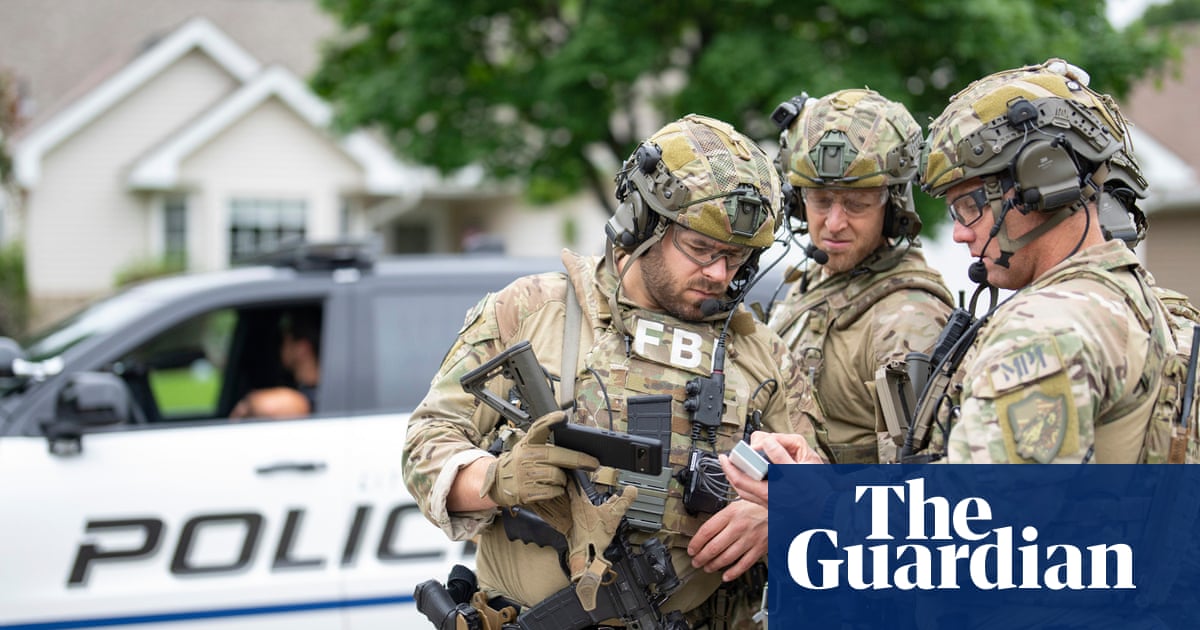Early Saturday morning,Minnesotawoke to the news of two targeted attacks on its lawmakers. A gunman killed the top Democratic state legislator, Melissa Hortman, and her husband, Mark, and injured another state legislator, John Hoffman, and his wife Yvette in the Minneapolis area.
The suspect, Vance Boelter, remains at large.
Here’s what we know about the violent incidents.
Amid rising threats of political violence in the US, Democratic governor Tim Walz was quick to identify the shootings as politically motivated. The fact that both targeted state politicians, and that police soon found a “manifesto” in the shooter’s car, seemed to support that definition.
The gunman targeted the two lawmakers in their homes in Brooklyn Park (Hortman) and Champlin (Hoffman).
Vance Boelter, police say, impersonated a police officer to approach Hortman and Hoffman’s homes, where he shot the legislators and their spouses. Brooklyn Park’s police chief, Mark Bruley, said at a press conference that the suspect drove a vehicle that looked identical to an SUV police squad car.
The FBI is currently offering a $50,000 reward in the search for Boelter, who has not been seen since this morning.
Boelter was appointed by numerous Minnesota governors to the workforce development board, which is tasked with improving business development in the state. John Hoffman also served on the board, though it is unclear if they knew each other.
Boelter is married, and runs a private security company with his wife, according to his LinkedIn page and the company website.
In documents, Boelter listed his political affiliation as “none or other”, according to the New York Times, and later as “no party preference”.
He had a list of around 70 other targets, including lawmakers such as US senator Tina Smith, a Democrat, as well as community leaders, doctors and Planned Parenthood sites.
His roommate and best friend David Carlson told media outlets that Boelter was a devout Christian and staunchly anti-abortion. He said Boelter texted him that he would be dead shortly. He claimed Boelter was a strong supporter of Donald Trump.
While some Minneapolis demonstrations were cancelled after the violent incidents, others continued and were well attended, with signs showing support for Hortman and Hoffman.
Minnesota’s house of representatives was evenly split between Republicans andDemocratsbefore Hortman died. Democrats have a one-vote majority in the state senate.
The Brooklyn Park police department lifted a shelter in place order on Saturday afternoon and said Boelter was no longer thought to be in the area. The hunt for him remains under way.
